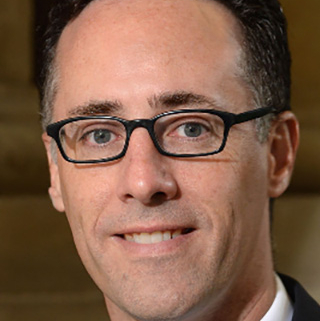
David Brady, UC Riverside
Abstract: Many claim high U.S. child poverty results from a high prevalence of single motherhood, and reducing single motherhood would substantially reduce child poverty. To scrutinize these arguments, we apply the “prevalences and penalties” framework to Luxembourg Income Study data across 30 rich democracies and over time within the U.S. 1979–2016. The descriptive patterns fail to support these claims. Although the U.S. has a moderately high prevalence of single motherhood, a fairly high prevalence is typical cross-nationally and in recent U.S. history. Single motherhood is the most common risk of the four major risks in the U.S., but this is because low education, young headship, and unemployment have declined. The U.S. has the highest penalty for single motherhood, however single motherhood has the smallest penalty of the four major risks in the U.S. and cross-nationally. A wide variety of counterfactual simulations demonstrate that reducing single motherhood would not substantially reduce child poverty. Even with zero single motherhood, U.S. child poverty would only move from the third to fourth highest among 30 rich democracies (from 21.3% to 18.8%). Ultimately, we demonstrate that the U.S. has systemically high child poverty for all family structures, and extremely high child poverty for racial/ethnic minorities regardless of single motherhood. Reducing the penalty attached to single motherhood and reducing America’s systemically high child poverty across all families would be far more effective than reducing the prevalence of single motherhood.
Biography: David Brady is a Professor in the School of Public Policy, and Director of the Blum Initiative on Global and Regional Poverty at the University of California, Riverside. At UCR, he teaches classes on poverty, public policy analysis, and statistics.
You can find a recording of Dr. Brady’s presentation here.



